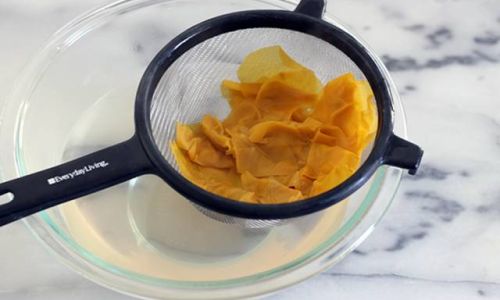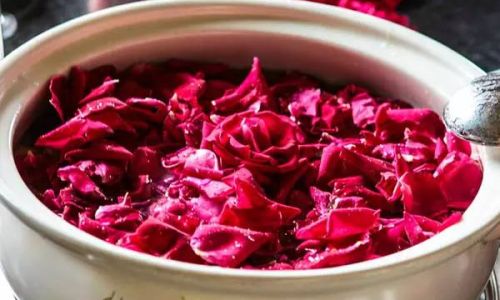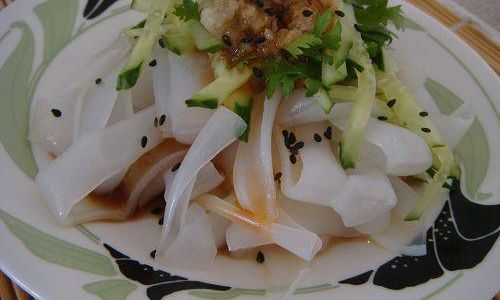Introduction
In the realm of herbal teas, fresh rose petal tea stands out as a delightful and aromatic beverage that not only tantalizes the taste buds but also offers a myriad of health benefits. Roses, known for their beauty and fragrance, have been used in traditional medicine and beauty rituals for centuries. Boiling fresh rose petals to create a tea is a simple yet effective way to harness their natural goodness. This guide will walk you through the process of making fresh rose petal tea, from selecting the right petals to brewing the perfect cup.
Chapter 1: Understanding the Benefits of Rose Petal Tea
Before diving into the steps of making rose petal tea, it’s essential to understand why this herbal tea is so revered. Rose petals are rich in antioxidants, vitamins, and minerals that contribute to overall health and well-being. Here are some of the notable benefits associated with drinking rose petal tea:
-
Antioxidant Properties: Rose petals contain antioxidants like flavonoids and vitamins C and A, which help combat oxidative stress and reduce the risk of chronic diseases.

-
Hydration and Detoxification: Drinking rose petal tea can help keep the body hydrated and support the detoxification process, thanks to its diuretic properties.
-
Stress Relief: The soothing aroma and gentle flavor of rose petal tea have been known to reduce stress and promote relaxation.
-
Skin Health: Rose petals contain nutrients that can improve skin health, making it a popular ingredient in beauty products. Consuming rose petal tea internally can also contribute to a healthy, glowing complexion.
-
Menstrual Health: Traditional medicine often recommends rose petal tea for alleviating menstrual discomfort and regulating the menstrual cycle.
-
Digestive Support: Rose petals have a mild, soothing effect on the digestive system, which can help alleviate minor digestive issues.
Chapter 2: Selecting the Right Rose Petals
To make the best rose petal tea, it’s crucial to start with fresh, high-quality rose petals. Here are some tips for selecting the perfect petals:
-
Variety: Choose petals from roses that are known for their edible qualities, such as the Rosa damascena (Damask rose) or Rosa gallica (Gallica rose). Avoid roses treated with pesticides or chemicals.

-
Freshness: Ensure the petals are fresh and free from any signs of mold, mildew, or pests. The petals should be vibrant in color and have a pleasant aroma.
-
Organic: If possible, opt for organically grown rose petals to avoid ingesting harmful pesticides or chemicals.
-
Harvesting: The best time to harvest rose petals is early in the morning, after the dew has dried but before the sun becomes too intense. This ensures the petals retain their maximum freshness and aroma.
Chapter 3: Preparing the Rose Petals
Once you’ve selected your rose petals, it’s time to prepare them for brewing. Here’s how:
-
Cleaning: Rinse the petals gently under cold running water to remove any dirt or debris. Pat them dry using a clean kitchen towel or let them air-dry on a paper towel.
-
Removing Thorns: Be careful to remove any thorns from the stems before handling the petals.
-
Inspection: Inspect each petal closely to ensure there are no insects or other unwanted elements. Discard any damaged or discolored petals.

-
Storage: If you’re not ready to brew your tea immediately, store the cleaned and dried petals in an airtight container in a cool, dark place. They can be kept for a few days before losing their freshness.
Chapter 4: Making Fresh Rose Petal Tea
Now that your rose petals are ready, it’s time to make the tea. Here’s a step-by-step guide:
Ingredients:
- Fresh rose petals (about 2 tablespoons per cup of tea)
- Water (filtered or spring water is best)
- Honey, lemon, or other natural sweeteners (optional)
Instructions:
-
Boiling Water: Start by boiling a pot of water. Use filtered or spring water to enhance the taste of your tea.
-
Preparing the Petals: While the water is heating up, measure out the desired amount of rose petals. For a stronger tea, you can use more petals.
-
Adding Petals to Water: Once the water reaches a rolling boil, remove it from the heat and let it sit for a minute to cool slightly. This prevents the petals from becoming too brittle. Then, gently add the rose petals to the water.
-
Steeping: Allow the petals to steep in the hot water for about 5-10 minutes. The longer you steep, the stronger the flavor and color of the tea will be.
-
Straining: After steeping, use a fine-mesh strainer or cheesecloth to remove the petals from the tea. You can compost the used petals or use them in other beauty or cleaning recipes.

-
Tasting and Sweetening: Pour the tea into your favorite cup and taste it. If desired, add a touch of honey, lemon, or another natural sweetener to enhance the flavor.
-
Serving: Enjoy your freshly made rose petal tea while it’s hot. It can also be served over ice for a refreshing summer drink.
Chapter 5: Customizing Your Rose Petal Tea
Rose petal tea is incredibly versatile and can be customized to suit your personal preferences. Here are some ideas for enhancing your tea:
-
Herbal Infusions: Add other herbs like chamomile, lavender, or mint to create a unique blend.
-
Fruit Infusions: Infuse the tea with fresh or dried fruits like berries, apples, or oranges for added sweetness and flavor.
-
Spices: Incorporate spices like cinnamon, cardamom, or ginger for a warm and spicy twist.
-
Milk Alternatives: For a creamy texture, try adding plant-based milk alternatives like almond milk, oat milk, or soy milk.

Chapter 6: Storage and Shelf Life
If you have extra rose petals or want to make a larger batch of tea for later use, here’s how to store it:
-
Refrigeration: Store freshly made rose petal tea in an airtight container in the refrigerator for up to 3 days.
-
Freezing: To extend the shelf life, pour the tea into ice cube trays and freeze. Once frozen, transfer the tea cubes to a freezer-safe bag. These tea cubes can be used to make iced tea or added to smoothies and other beverages.
Conclusion
Making fresh rose petal tea is a simple yet rewarding endeavor that allows you to harness the natural beauty and health benefits of roses. By following the steps outlined in this guide, you can create a delicious and aromatic tea that not only tastes great but also supports your overall well-being. Whether you enjoy it hot or iced, plain or customized, rose petal tea is a delightful addition to your herbal tea repertoire. So, why wait? Gather your fresh rose petals and start brewing your own rose petal tea today!





0 comments